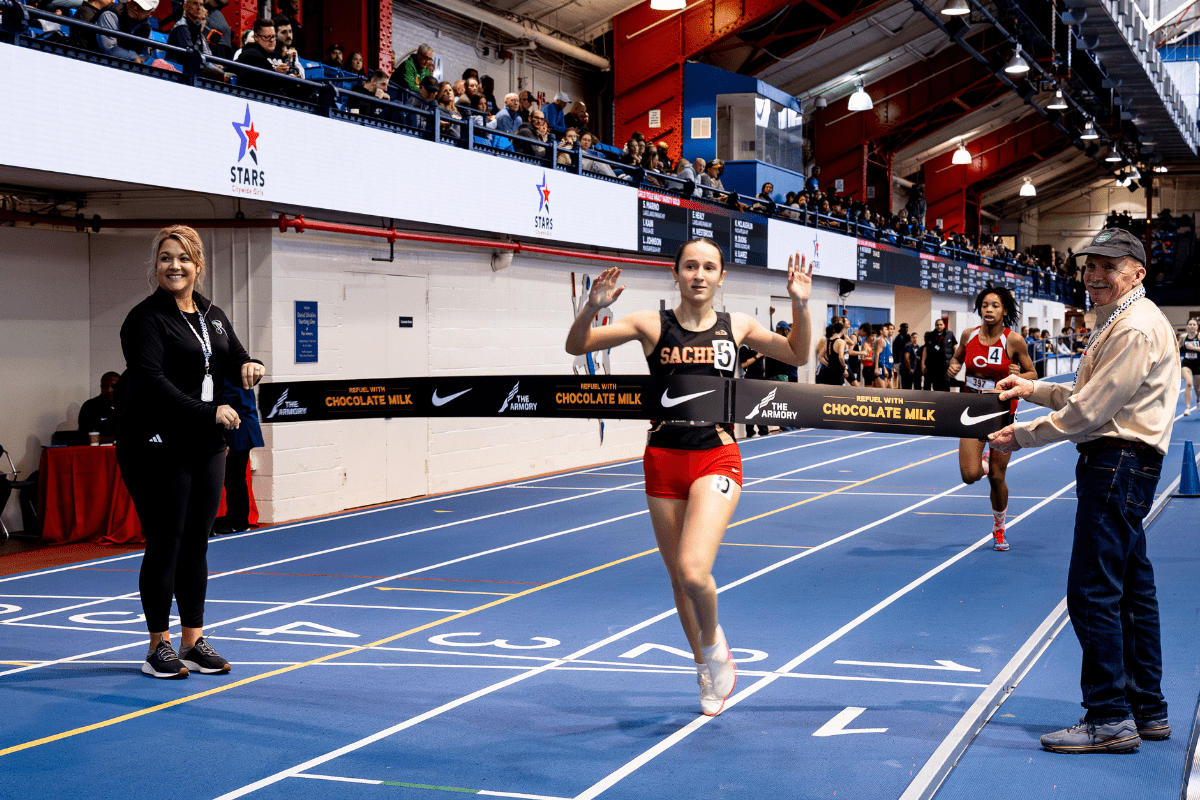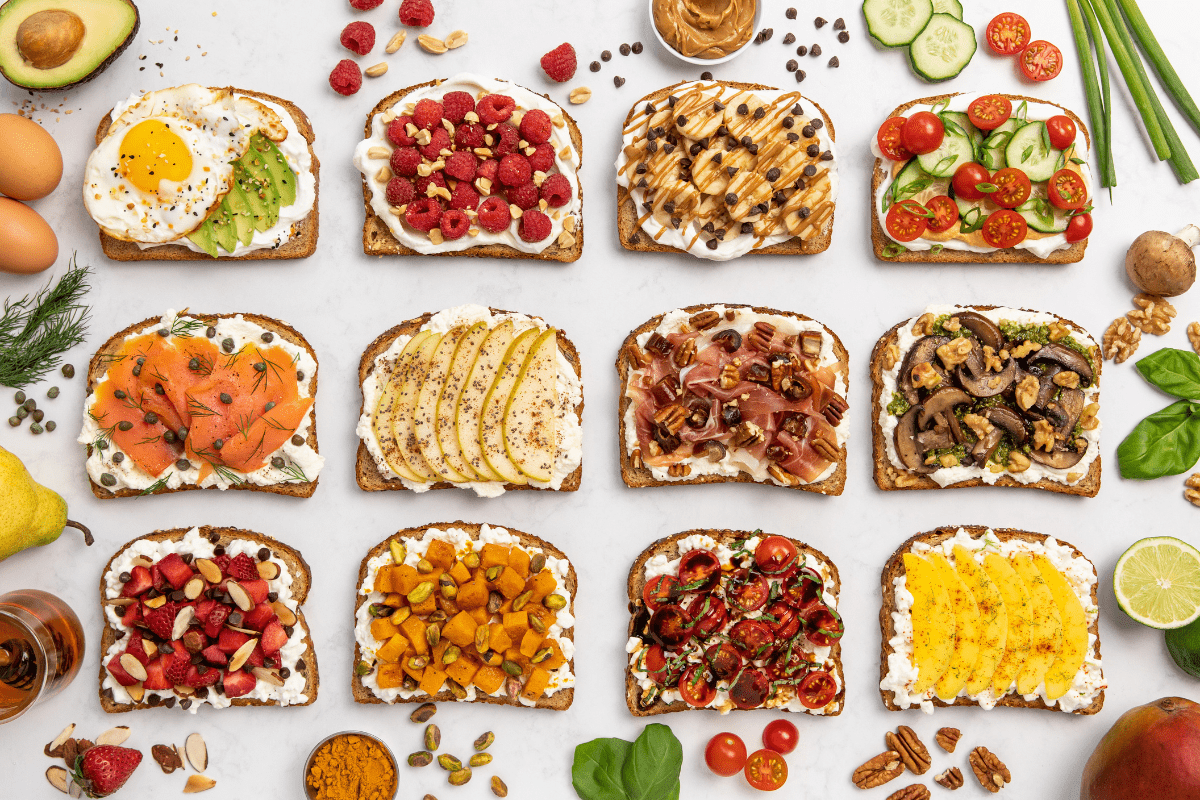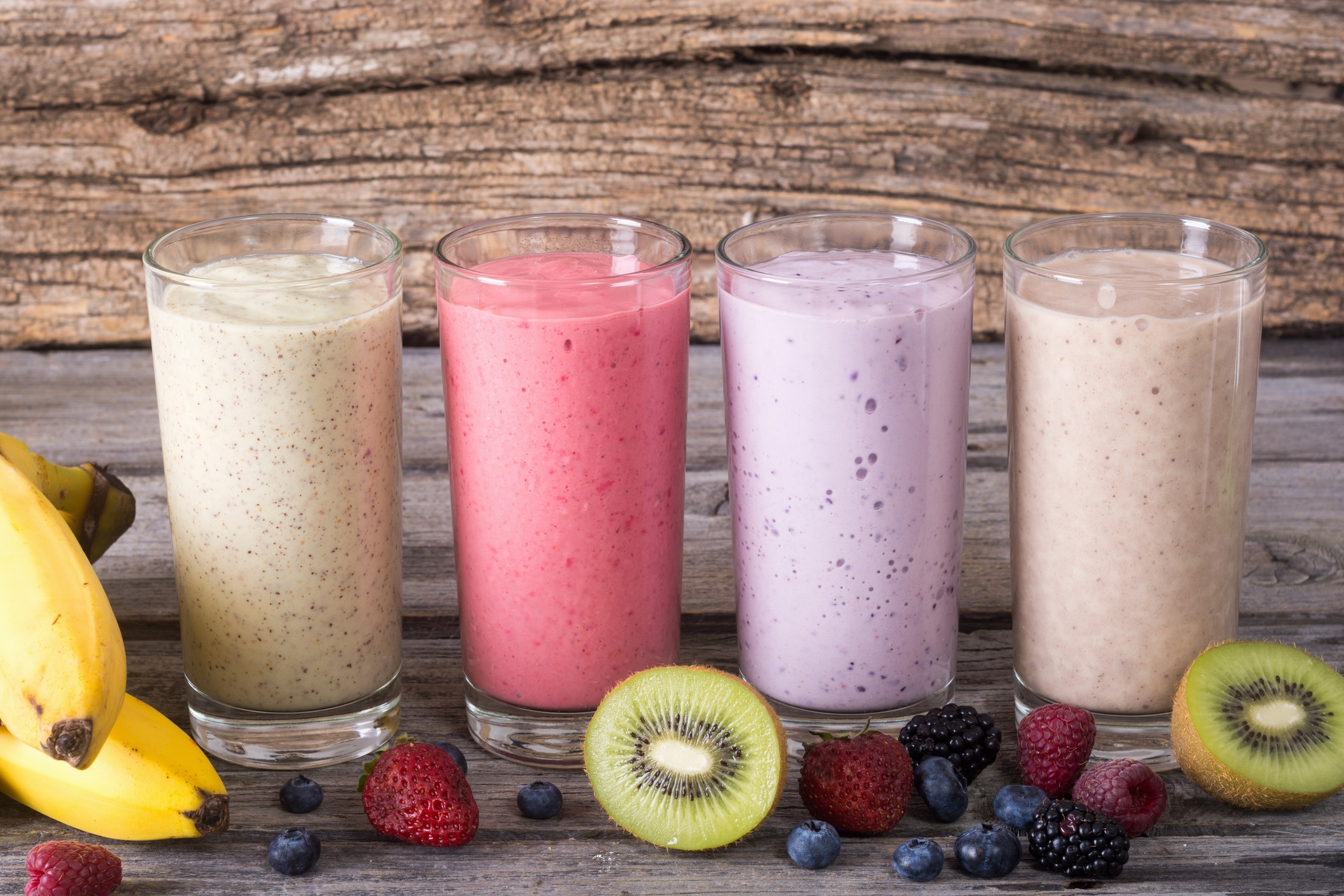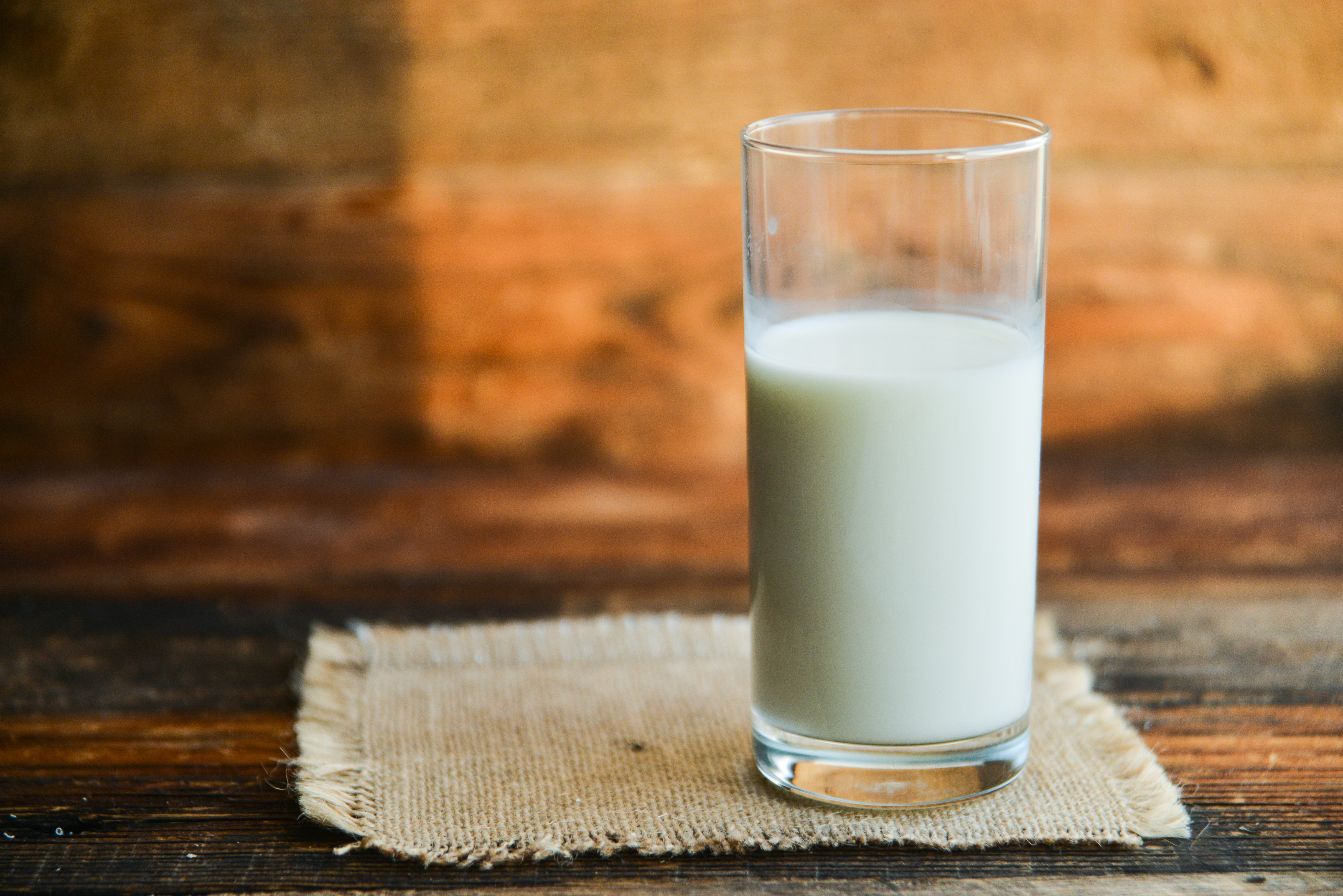Having worked as the company nutritionist for the Pittsburgh Ballet Theatre, I know firsthand the time and commitment dancers devote to their sport. Over an hour a day is spent in classes, preparing for rehearsal and performances. The sport doesn’t really have an off season; it is a year-round activity that requires high-quality food and fluid on a consistent basis. Read on for nutrition recommendations for dancers.
Dancers are the perfect mix of strength, agility, flexibility, and stamina. A dance class may start with stretching and flexibility, then move to the floor for higher intensity movements with agility. Those movements increase the intensity of training and require both strength and stamina. Dancers also need a high level of endurance to make it through their back-to-back classes and lengthy rehearsals.
Nutrition Recommendations for Dance
Being optimally hydrated and fueled allows dancers to focus and learn choreography, have the strength to lift a partner or hold an arabesque, have the stamina to repeat over and over again, and also decreases the risk of injury. To accomplish this, it’s important to eat enough of the right foods at the right time. Going too low with your daily calorie intake is a big NO!
Carbohydrate
Carbohydrate is a necessary fuel for your brain and for your muscles to train. There are many forms of dance, but in general, dancers should aim to get between 3 -5 grams of carbohydrates per kilogram of body weight each day. That equates to between 150 and 250 grams of carbohydrates per day for a 110-pound dancer. It’s important to distribute that total carbohydrate intake over the course of the day, paying extra special attention to what is consumed before, during and after training. Examples of carbohydrate-rich foods are breads, cereals, pretzels, crackers, fruits, vegetables and beans. Milk and yogurt also contain carbohydrates. Read more about the importance of carbohydrates for working muscles here.
Protein
Protein supports a dancer’s ligaments, tendons, joints, muscles and bone. In general, dancers should aim to get between 1.2 – 1.7 grams of protein per kilogram of body weight. That means, a 110-pound (50 kilogram) dancer should get between 60 and 85 grams of protein each day. Like carbohydrates, dancers should try to include protein at all meals and snacks throughout the entire day. Good examples include meat, fish, seafood, eggs, beans, legumes and dairy products like milk, cheese and yogurt.
Fat
Fat is a long-lasting energy source to help you thrive through dance classes and rehearsals. Unlike carbohydrates and protein that have very specific recommendations, the amount of fat needed each day is based more on total daily calorie needs and varies from one dancer to another.
Fat is found naturally in some protein-rich foods like full-fat dairy products, beef, fatty-fish, cheese and eggs. Other sources of fat to include are nuts, seeds, avocados, oils and butter.
The chart below gives an example of how a 110-pound (50 kg) dancer could distribute carbohydrate, protein and fat intake throughout the day.
Daily Nutritional Requirements for Dancers
| 110 lb. Student Athlete (50 kg) | |||
| Carbohydrate | Protein | Fat | |
| Daily Requirements | 3- 5 g/kg/day | 1.2- 1.7 g/kg/day | remainder of calories to meet daily energy requirement |
| Daily Total | 150- 250 g | 60- 85 g | varies based on daily calorie requirement |
| Per Meal (3 Meals/Day) | 40 g-70 g | 20 g | minimum of 15 grams |
| Per Snack (2 Snacks/ Day) | 15 g-20 g | 10 g | minimum of 10 grams |
Source: Sports Nutrition: A Handbook for Professionals
Fluid Needs
Although most dance classes are probably held indoors, you will still lose fluid, so you need to drink enough over the course of the day. Not having enough fluid can make you weaker, slower to react, cause you to fatigue early on in class, and increase the risk of injury. Certainly, water is a great choice, but tea and coffee provide hydration, as well. Milk and juice offer a package deal, providing fluids, fuel and nutrients all-in-one. Read more about fluid requirements for athletes here.
Before
Class, Rehearsal & Performance
Whether it’s a class, rehearsal or performance, it’s important to fuel and hydrate before you start. Ideally, you’ll want to eat and drink at least about 60 minutes before a class. You don’t need to eat a lot before class. In fact, eating too much may actually make you feel uncomfortable. Think about an appetizer size fueling break, rather than an entrée size. Try to include between 10-20 ounces of fluid and a combination of foods to provide a variety of nutrients.
Good examples are:
- Yogurt topped with cereal, fruit and nuts
- Cottage cheese and fruit with a few whole grain crackers
- Wrap with hummus, veggies and cheese
- Peanut butter and banana sandwich with a glass of milk
During
Class and Rehearsal
As a dancer, your activity may last longer than an hour. You may have a ballet class, modern class and then a jazz class, in addition to time spent learning technique. Conceivably, you could be moving the better part of four or more hours a day. To keep your body performing strong from beginning to end, you’ll need to provide it fuel and fluids throughout that time. Keep a water bottle filled with water to sip throughout your activity, and pack foods that won’t cause digestive distress to eat during breaks. If the studio doesn’t have a refrigerator, pack items in an insulated bag and use ice packs to keep food cold.
Perishable items like string cheese, yogurt, hard-boiled eggs, cottage cheese and hummus are good options to pack in your insulated bag. Some good non-perishable items to pack are fruits, vegetables, peanut or other nut butters, trail mix made with cereal, dried or freeze-dried fruits, roasted chickpeas, roasted soy nuts or peanuts, pouches of tuna with crackers, energy bites or bars, and fruit roll-ups.
After
Class, Rehearsal & Performance
What you eat and drink after strenuous activity can either expedite or delay your body’s ability to recover. If you are not hungry immediately after a day in the studio, it is perfectly fine to have a smaller, well-balanced snack. Soon after, though, it’s important to eat a meal. Having a small amount after training won’t suppress your appetite for dinner.
Examples of good post-dance snacks are:
- Energy bar that contains both protein and carbohydrate
- Crackers with nut butter
- Popcorn mixed with nuts
- Glass of chocolate milk
Other Considerations
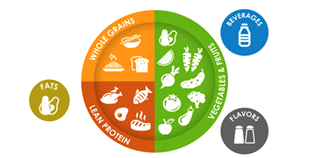 Eating a nutritionally-rich breakfast, lunch and dinner is largely important for dancers to meet their daily nutrient requirements. The performance plate model, as shown below, can help dancers visualize what types of foods should be on their plate.
Eating a nutritionally-rich breakfast, lunch and dinner is largely important for dancers to meet their daily nutrient requirements. The performance plate model, as shown below, can help dancers visualize what types of foods should be on their plate.
Dance is an art as well as an activity. Studios have an abundance of mirrors to help dancers correct their posture, arm placement, etc., but can also lead to a lot of self-scrutiny. This can increase the tendency to become overly critical of your body and compare it to other dancers. Be careful not to get caught in that trap. Under-fueling can lead to negative performance and health consequences, so be sure to optimize your food and fluid intake and make every attempt to treat your body right.
Remember these tips throughout your dance career to be the best athlete you can be.
Listen to your body’s internal cues: I am hungry, I am tired, I need to eat.
Eat regularly- consistency is really important.
Throw away the negative body talk and nutrition nonsense.
Satisfy your needs with foods you like in the quantity you require.
Drink enough throughout the day, every day,
Anticipate your day by having foods that are accessible.
Nourish your bones, your muscles, your heart, your lungs, your gut, your brain.
Care about your body- body respect not neglect.
Enjoy the sights, smells and flavors of what you eat.


